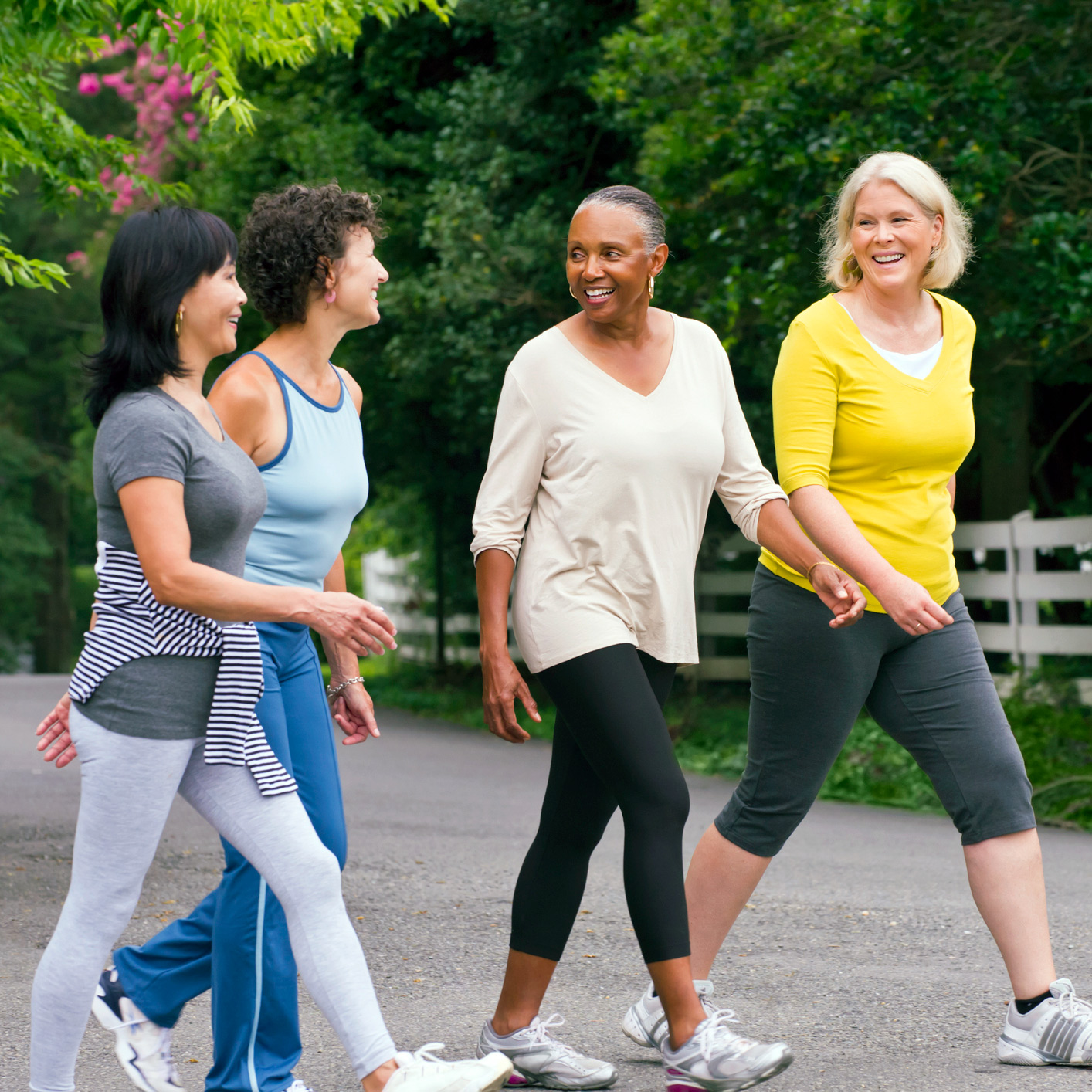Emergency room vs. Walk-in Clinic: Making the choice can be tricky. Here are important points to keep in mind.
Chest pain. Shortness of breath. Changes in mental status or abrupt changes in strength, vision or sensation. Significant injury or severe pain of any kind. These are all clear signs that a person should consider a trip to the emergency room.
But a walk-in or urgent care clinic can handle a variety of conditions that many people might not realize when they are in the throes of assessing a sick or injured loved one.
“Walk-In Clinics are extremely versatile,” said Dr. Clay Smith, co-director of Vanderbilt Walk-In Clinics. “Of course, we see influenza, colds, sore throats and urinary tract infections, but we also see patients with minor injuries, lacerations, COVID-19, asthma exacerbations, abdominal pain and many more medical issues.”
Conditions such as persistent rashes (without shortness of breath), colds and flu, insect bites or ankle sprain almost never require hospital emergency care.
“Helping our patients get the right care in the right place is a priority at Vanderbilt,” Smith said. “Often, the walk-in clinic can reduce wait times and provide appropriate, less expensive care.”
But judging when a person does or does not need emergency care can be very difficult, he said. Deciding the right place to be seen depends on the severity and symptoms. For example, a fever doesn’t usually need a trip to the ER, but a fever with a severe headache or change in mental status does. An elevated blood pressure alone is usually not an emergency, but an elevated blood pressure with new-onset weakness or shortness of breath is certainly an emergency.
Recognizing symptoms that require ER attention
Sorting through it all can be confusing.
“Almost any complaint can have a spectrum where that complaint can be potentially serious,” said Dr. Ian Jones of Vanderbilt University Medical Center’s Department of Emergency Medicine. “The good thing is that the urgent care centers can often pick up on things and if they need to, can refer to the ER.”
COVID-19 is an example of this. Most cases can be seen in a walk-in clinic, but symptoms such as severe shortness of breath call for a trip to the emergency department.
Jones said making a list of all conditions that should trigger a visit to the emergency department is difficult, but life-threatening symptoms of heart attack and stroke such as chest pain, shortness of breath and difficulty with vision, speech and weakness of the arms or legs are among them. This is especially important since early recognition and treatment of a heart attack or stroke can be life saving. Refresh yourself on all the warning signs here.
Calling your primary care physician or a nurse line is a good way to get advice on where your problem should be handled. But for diagnosing, Smith said, “There is no substitute for us seeing a patient in person or via telehealth.” Vanderbilt’s walk-in clinics don’t advise over the phone for this reason.
“It’s good to get a set of trained eyes on you,” Jones agreed. “It really is much better to be able to talk to people, ask questions and conduct an exam. That gets you much further than just hearing about it.”
How to safely use the internet to decide
Both physicians urge using good judgment when searching symptoms on the internet. There is much conflicting and false information on the web that could lead patients to worry or to seek out unnecessary or even harmful diagnostics or treatments.
“That said, I don’t mind when patients come in having consulted an online resource,” Smith said. “Many websites can be helpful, especially those which are reputable, like the CDC or those ending in .gov. Such sources can help patients learn more about their illness and treatment options, which prompts them to ask great questions – tough questions. And these conversations allow me to address the things that are making my patients most worried.
“But it’s easy to focus on the worst-case scenario when searching the internet, which may cause undue stress. But that’s why we are here – to help our patients untangle fact from fiction and focus on what’s best for their health.”
The importance of ongoing primary care
Whether you choose a walk-in clinic or emergency room, neither are substitutes for having a primary care physician who takes a holistic approaching to managing your care on an ongoing basis.
Vanderbilt Walk-In Clinics, for example, don’t manage birth control or other long-term care medications for cholesterol, diabetes, blood pressure, pain and anxiety. Primary care physicians are also best equipped to handle matters such as morning after pills, impotence, ADD/ADHD medications and weight loss – and other matters requiring ongoing maintenance.
“We see lots of people who only get care when they are sick,” Jones said. “It’s really important to get care when you’re not sick, so when you do get sick, the care is better. You’ve got someone who knows you.”

The care right now that’s right for you
Vanderbilt Health is there to help you get better fast, offering dozens of locations with convenient hours throughout Middle Tennessee. These include 15 convenient locations inside your neighborhood Walgreens and joint ventures with Williamson Medical Center. Find care from Vanderbilt experts closer to home in a variety options and discover the one that’s right for you and your family.




